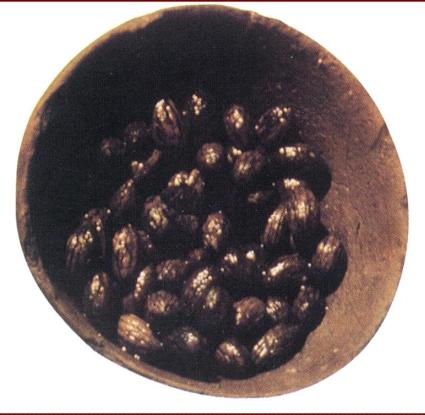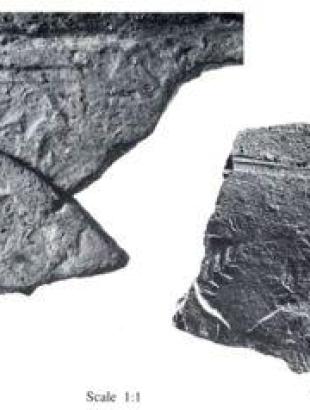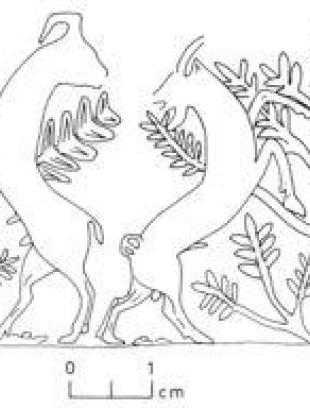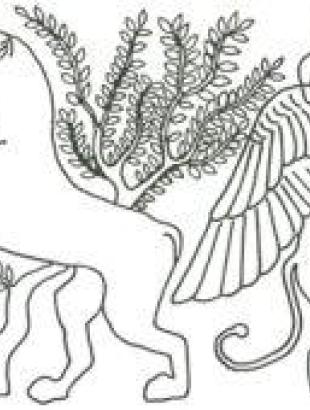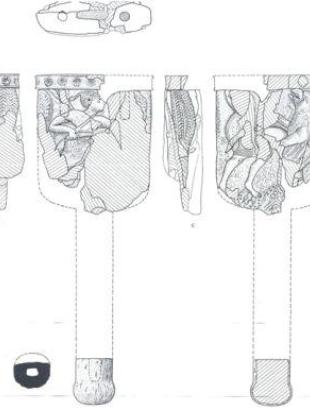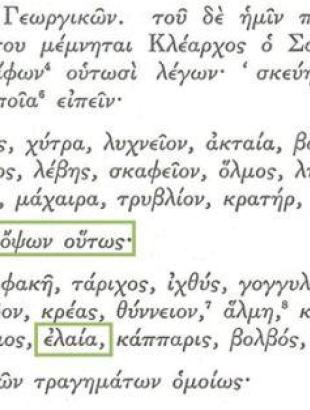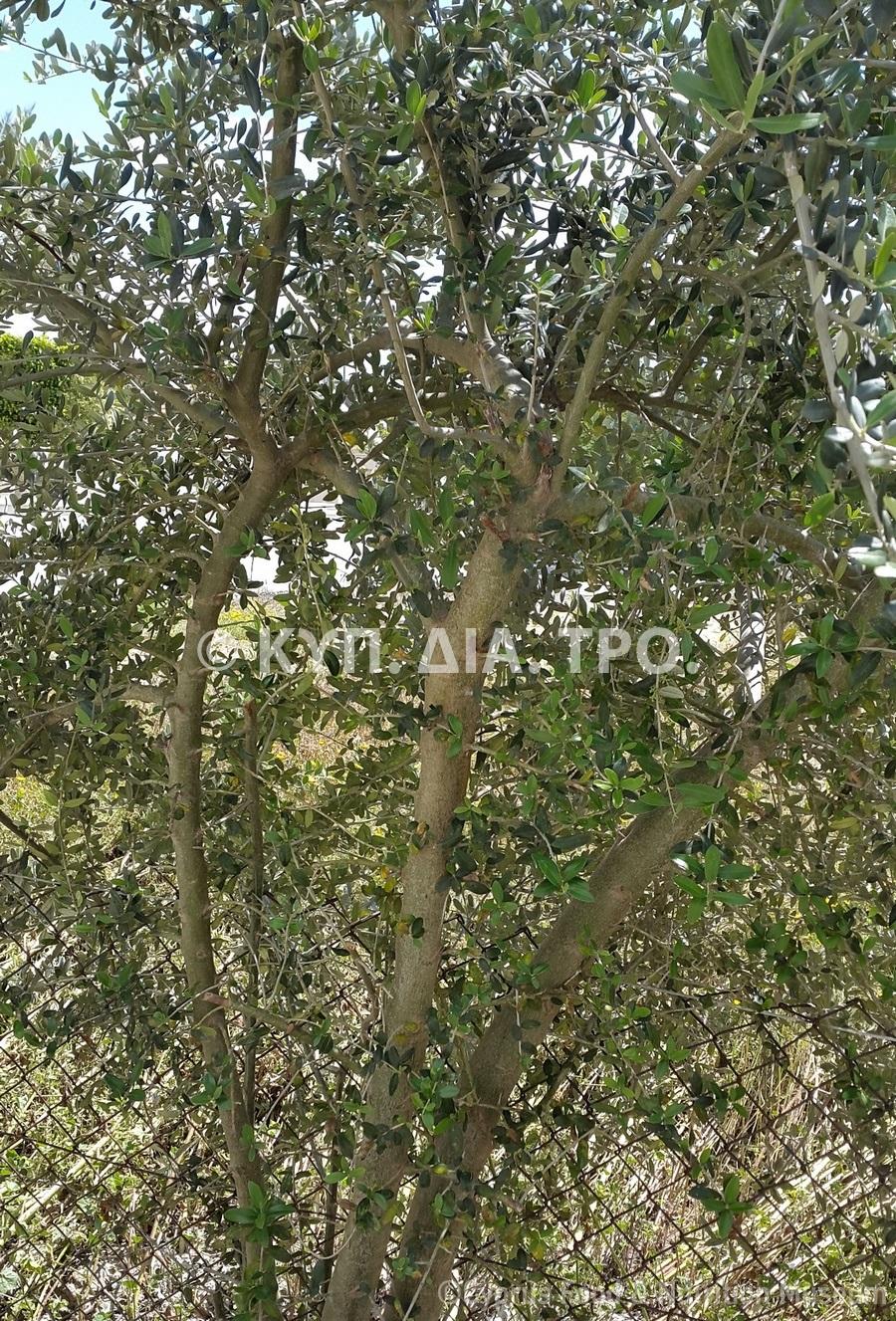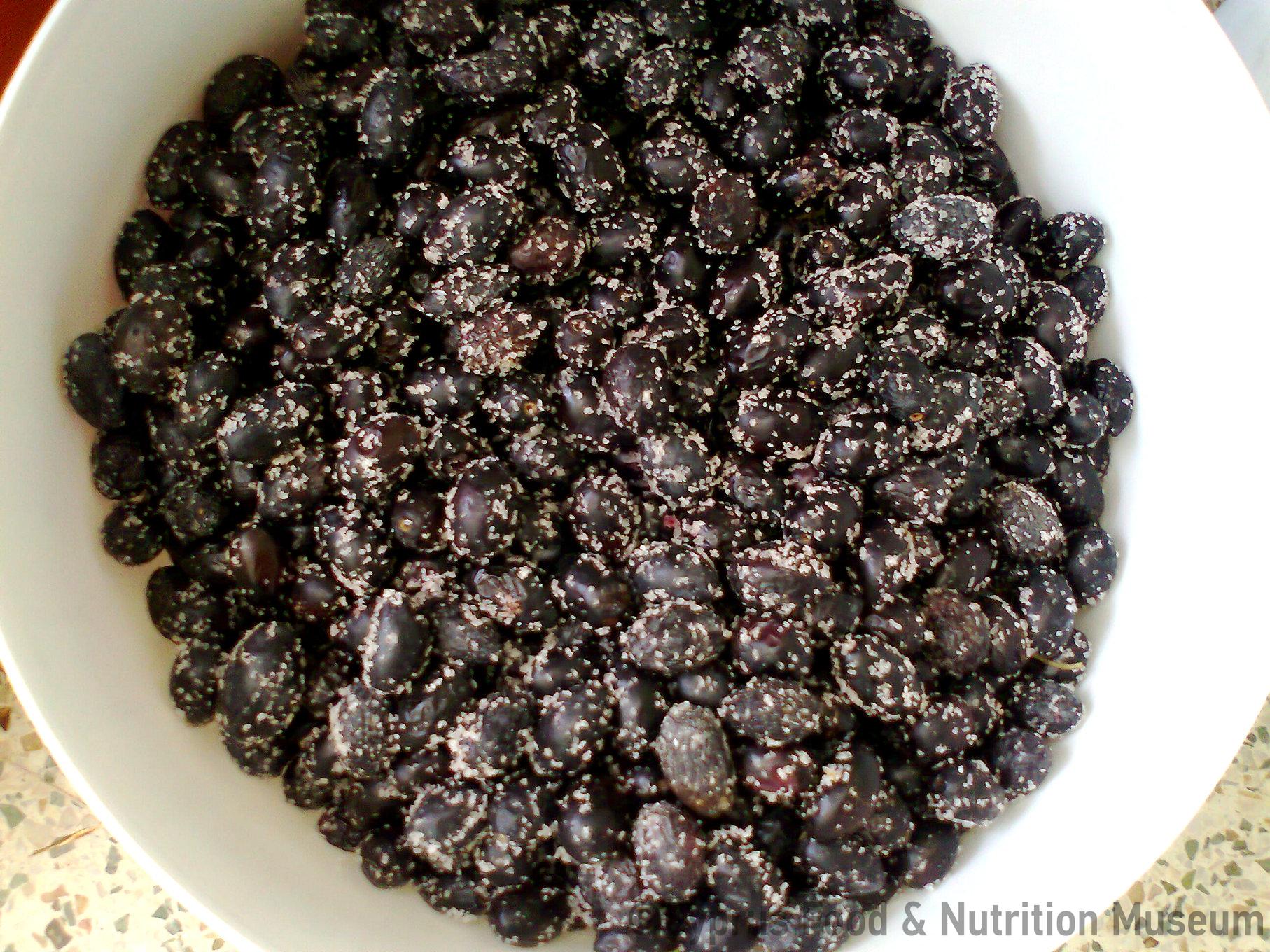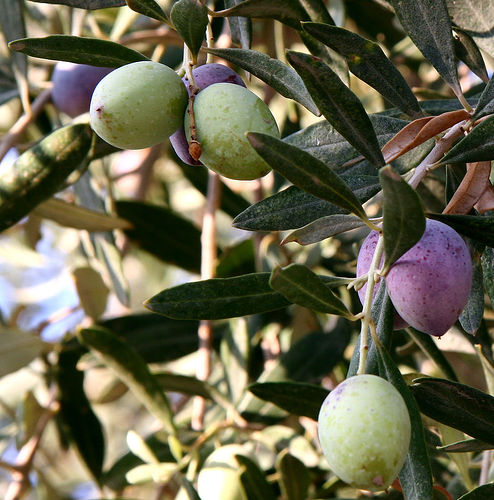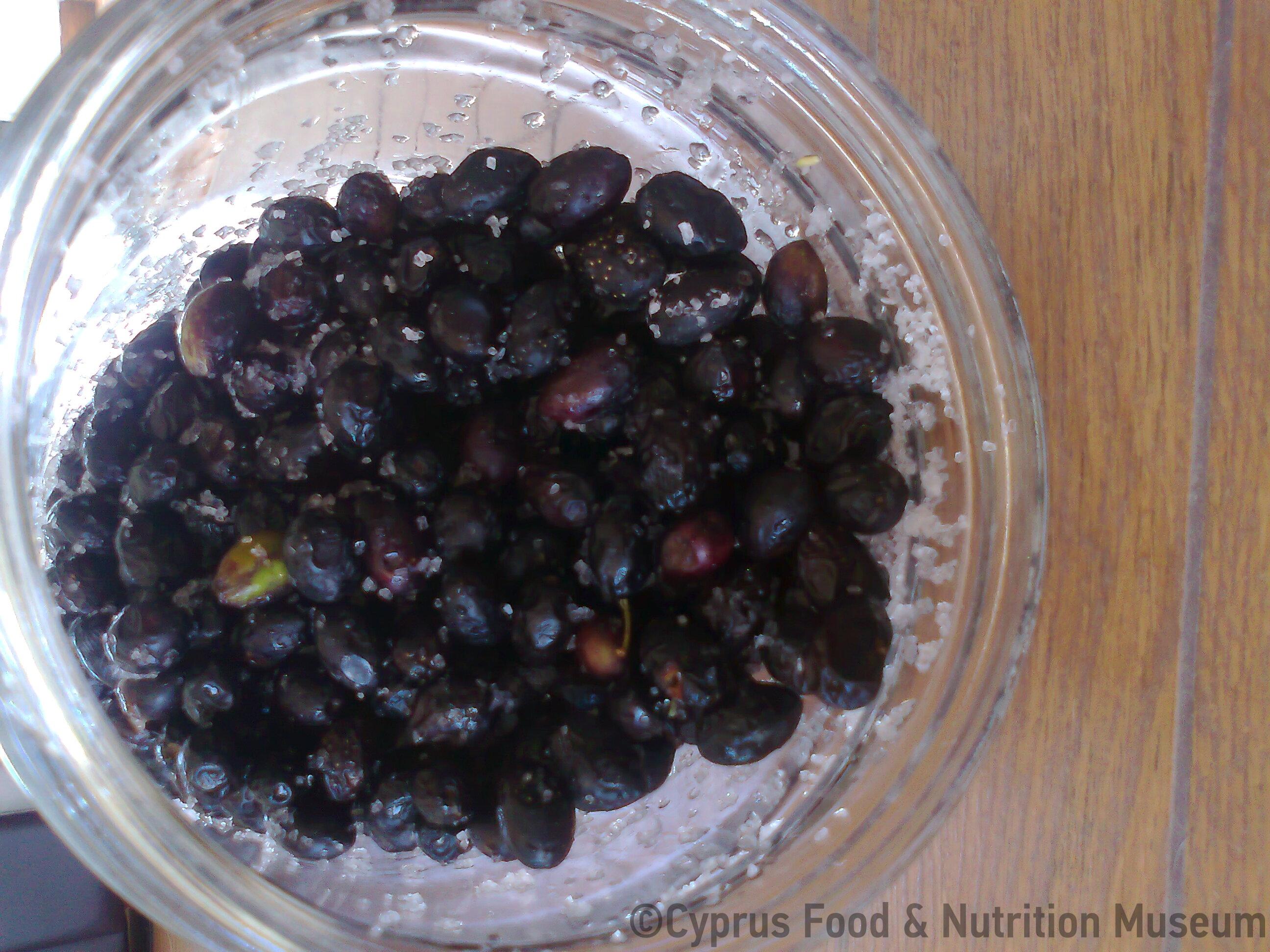Olives in ancient times.
Name - Origin
Ελιά.
In ancient times, as is the case today, olives were processed before being consumed. Hesychius (5th century AD) records in his dictionary the word ‘βομβοĩαι’ as the Cypriot name for kolymbates olives (preserved in brine) (Hadjioannou 1975, 354).
Functional and symbolic role
Since ancient times, olives have been a staple in the Cypriot diet, consumed either as such or in the form of olive oil.
Additional information and bibliography
The information on the olive tree and olives in ancient Cyprus is derived from excavation finds, written sources and illustrations.
Macrobotanical remains which testify to the consumption and processing of the olive fruit into olive oil are the olive kernels, whether charred or not. Such remains have been found in Cyprus at sites of the Neolithic, Chalcolithic, Late Bronze Age and Hellenistic periods. The absence of kernels from Early and Middle Bronze Age finds is not to be due to reduced consumption or use of the fruit but to the fact that most excavated sites of this period are necropolis (Hadjisavvas 1992, 3). The transition from wild to cultivated species is traced in the measurements of the kernel. The elongation of the kernel ipoints out to a cultivated species (Hadjisavvas 1992, 3). In written sources, we find in the work 'On Riddles' of Clearchus of Soli (4th-3rd century BC) the name 'ἐλαία' (eléa) along with other foods . The passage is quoted by Athenaeus (2nd-3rd century AD) in his work 'Dipnosophystae' (19.649).
Hadjisavvas, S. (1992) Olive-oil processing in Cyprus-from the Bronze Age to the Byzantine Period, Studies in Mediterranean Archaeology 99. Nicosia: Paul Astroms.
Gulick, C.B. trans. (1980) Athenaeus-The Deipnosophists 14.649a, Loeb Classical Library τ.6. Cambridge: Harvard University Press, 504-505.
Hadjioannou, K. (1975), Η Αρχαία Κύπρος εις τας Ελληνικάς πηγάς, τ.Β, Nicosia: Holy Archbishopric of Cyprus
Natassa Charalambous

